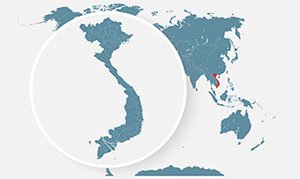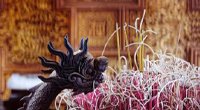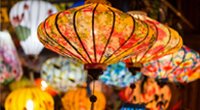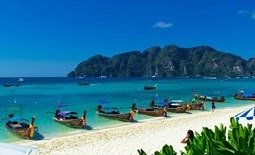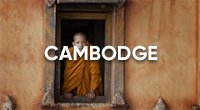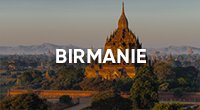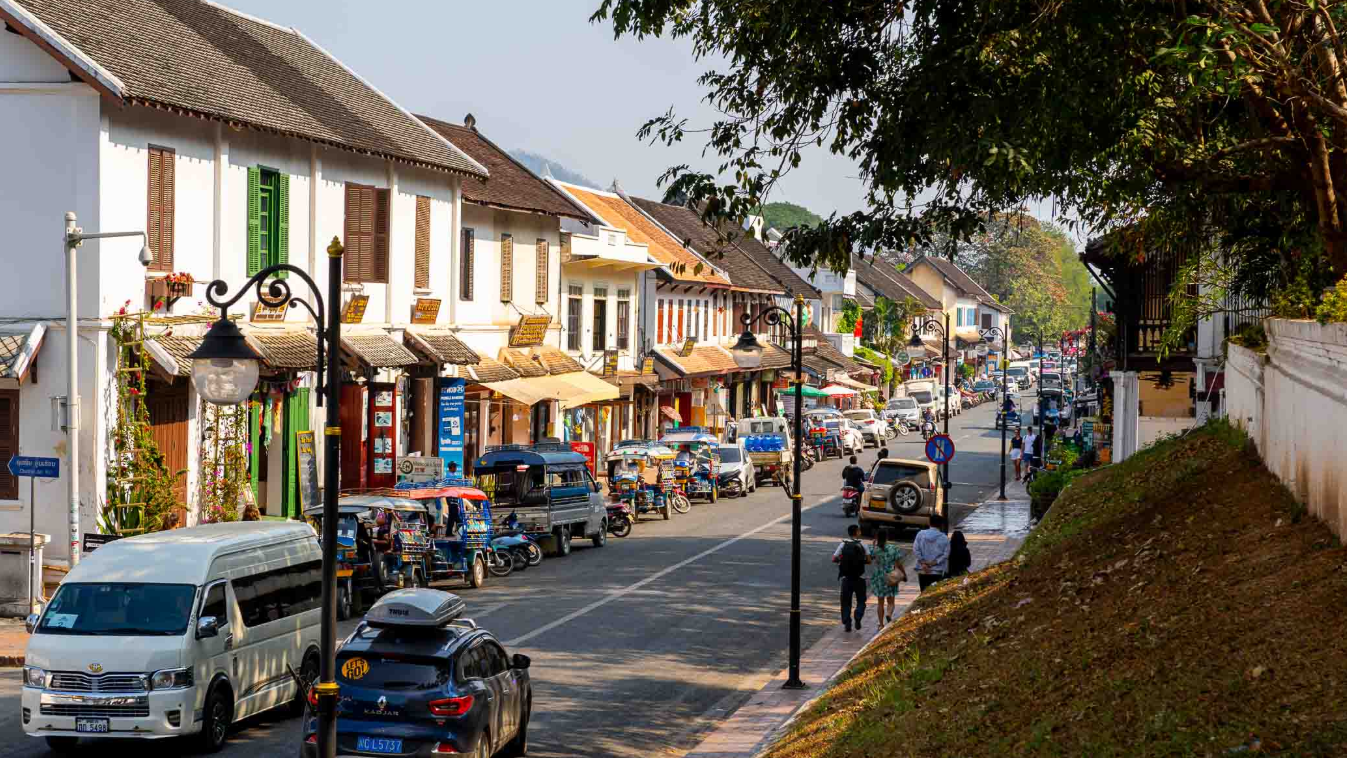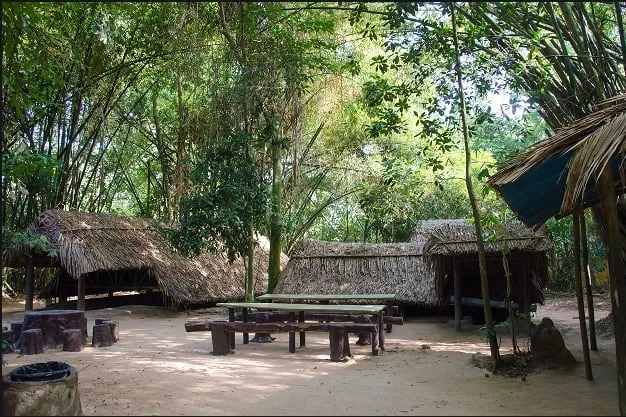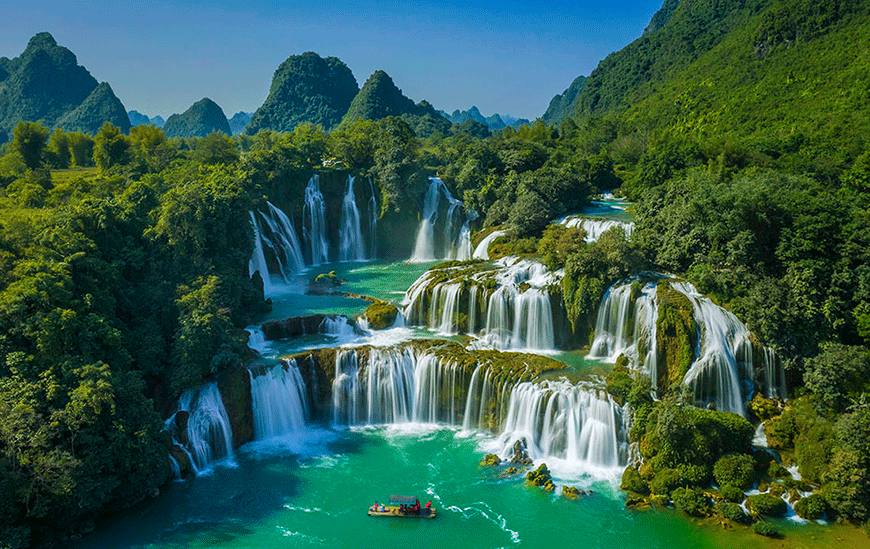Contents
ToggleWhat Does the Laos Flag Look Like?
Adopted on December 2, 1975, the modern flag of Laos features:
- Three horizontal stripes – red (top & bottom) and dark blue (center, double width)
- A large white disc in the middle, diameter equal to four-fifths the height of the blue stripe
While simple in design, each element carries deep national symbolism.
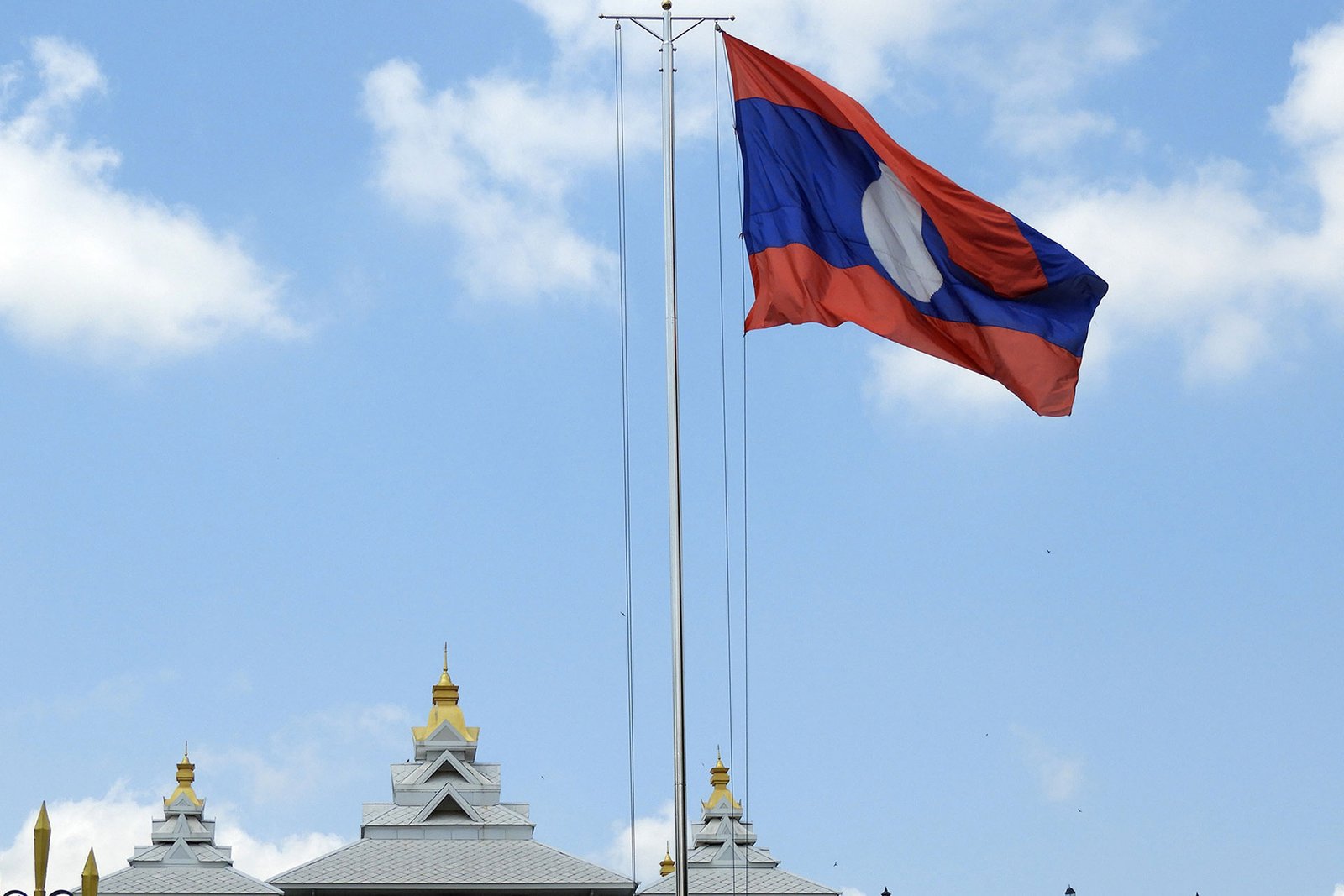
Meaning of the Laos Flag Colors
The design was created in 1945 by Maha Sila Viravong, a Lao nationalist and historian.
- Red stripes – The blood shed for independence
- Blue stripe – The Mekong River, lifeline of the nation
- White disc – Unity of the Lao people and the full moon shining over the Mekong
Evolution of the Laos Flag Through History
Lan Xang Kingdom (1353–1707)
- Known as the “Kingdom of a Million Elephants and the White Parasol”
- Flag featured:
- Three-headed white elephant (representing Vientiane, Luang Prabang, and Champassak)
- White parasol above, symbolizing royal authority and Buddhist cosmology
French Colonial Period (1893–1945)
- Laos became part of French Indochina but kept its elephant emblem
- Added a small French tricolor in the corner
World War II & Civil War (1945–1975)
- 1945: Viravong’s tricolor design (similar to today’s flag) was briefly adopted
- After monarchy restoration, the royal elephant flag returned
- Pathet Lao reintroduced Viravong’s design during the civil war
Modern Era (1975–Present)
- With the establishment of the Lao People’s Democratic Republic in 1975, the current flag became official
- Symbolizes unity, independence, and socialism—without communist symbols like the star
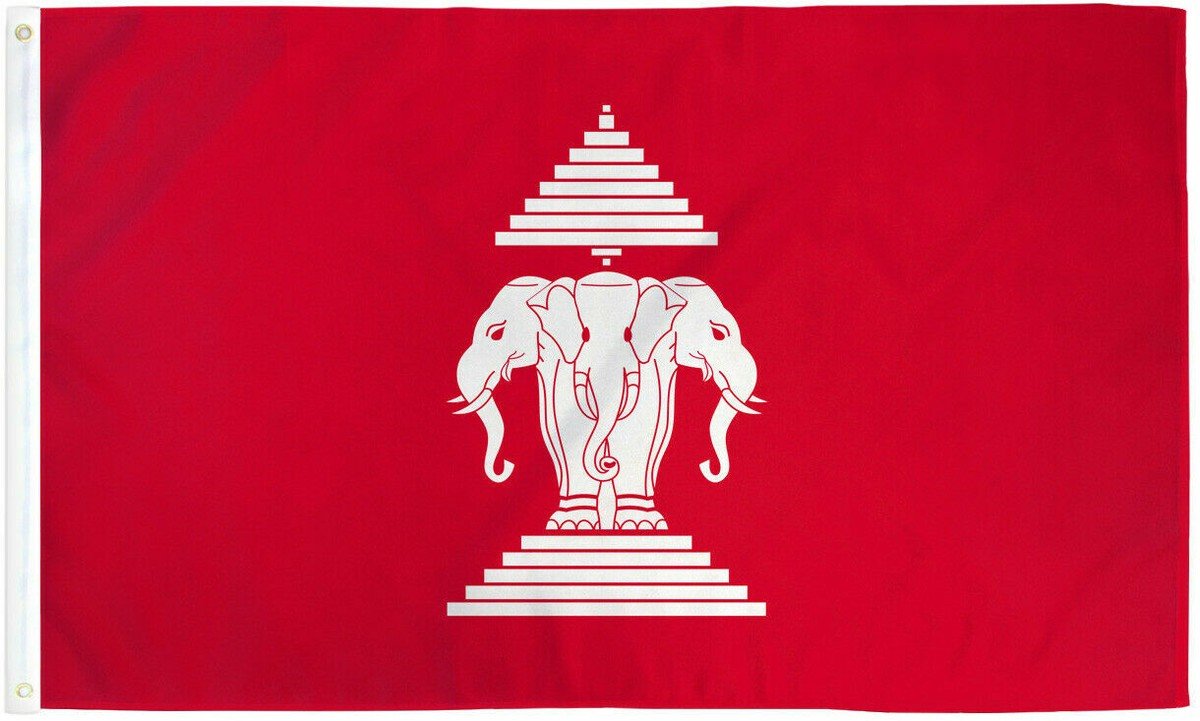
Final Word
The Laos flag is more than a symbol—it’s a story of struggle, unity, and identity. Whether flying over temples in Luang Prabang or at the National Stadium in Vientiane, it reflects the heart of a nation proud of its heritage.

